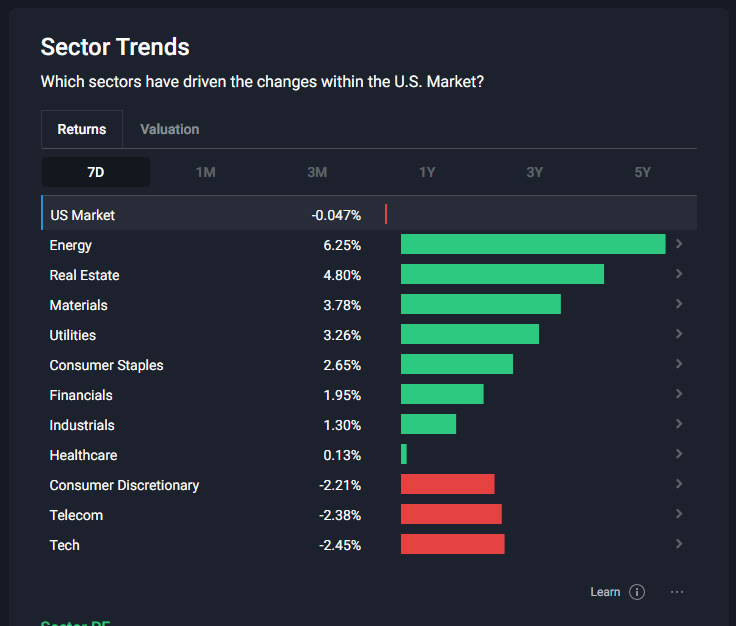Active Investing: Taking Control of Your Capital
After building solid foundations with health, protection, and passive investing, some people want to go further.
Active investing is for those who want to personally manage their money, choose when to enter or exit the market, analyze data, and seize opportunities.
It’s not easy. It requires time, study, and mental clarity. But if done wisely, it can offer higher rewards than passive strategies.
What does it mean to invest actively?
Active investing means choosing where, how, and when to invest on your own.
The goal is to beat the average market return through dynamic management.
Examples of active strategies:
- Picking individual stocks or bonds
- Trading ETFs or cryptocurrencies
- Analyzing financial statements and macroeconomic trends
- Investing in private companies or startups
- Direct real estate investment (buying, renovating, renting, reselling)
1. Direct Stock Investment
Instead of buying a fund that tracks the market, you can choose specific stocks based on your own criteria:
balance sheets, industry trends, valuation, dividends, or technical analysis.
📌 Practical example:
- You analyze Apple’s financials, evaluate its profit margins, competitors, and future outlook
- If you believe it’s undervalued, you buy the stock
- You decide when to hold, reinvest, or sell
Pros:
✔ More control and higher earning potential
✔ Freedom to choose where your money goes
✔ Can generate income through dividends
Cons:
✘ High risk of loss if your evaluation is wrong
✘ Requires constant learning and attention
✘ Hard to beat the market in the long run
Pros:
✔ Low fees
✔ Broad diversification
✔ Easy to automate
✔ Transparent and regulated
Cons:
✘ Exposed to market risk (but manageable over time)
✘ No guaranteed returns


2. Active Trading
Traders aim to profit from short-term price movements.
This includes trading stocks, indexes, currencies, commodities, or crypto.
📌 Practical example:
- You use a platform like TradingView or Interactive Brokers
- Study charts and news
- Buy and sell ETFs, gold, or Bitcoin
- Try to catch short-term trends for quick gains
Pros:
✔ Potential profit even in falling markets
✔ Full control over operations
✔ Ideal for analytical minds
Cons:
✘ Can be stressful and time-consuming
✘ High risk if timing is wrong
✘ Frequent trading costs can add up
3.Startup or Small Business Investment
Another active approach is to invest in unlisted companies, via crowdfunding or private deals.
You become part of their growth journey and a shareholder.
📌 Practical example:
- You invest €2,000 in a startup via Mamacrowd
- Follow company updates and performance
- If the company grows, you may earn dividends or sell your stake at a profit
Pros:
✔ High long-term earning potential
✔ Direct involvement
✔ Exciting and innovative opportunities
Cons:
✘ High chance of total capital loss
✘ Long lock-in period
✘ Difficult to resell your sharess
✘ Less favorable tax treatment


4. Direct Real Estate Investment
Unlike REITs or property funds, this involves managing real estate yourself.
Buy, renovate, rent out, or flip for active income or capital gains.
📌 Practical example:
- Buy a small apartment in a university town
- Rent it to students
- Handle contracts, maintenance, and payments directly
Pros:
✔ Steady, tangible income
✔ Full management control
✔ Property value can increase
Cons:
✘ Time-consuming and bureaucratic
✘ Legal and tenant risks
✘ Low liquidity (takes time to sell)
Who Should Consider Active Investing?
Those with time to study and manage their investments
People with high risk tolerance
Investors who want full control
Anyone who already has a strong foundation (protection + passive)
Advantages of Active Investing
✔ Higher potential returns
✔ Full strategy customization
✔ Deeper financial awareness
✔ Can take advantage of crises or opportunities
Disadvantages
✘ Higher risk of mistakes and losses
✘ Requires time, focus, and constant learning
✘ Emotionally demanding
✘ Uncertain outcomes – markets are unpredictable
Conclusion
Active investing isn’t for everyone, but it can be very rewarding for those ready to learn and take risks.
It’s not a game: you need method, calm, patience, and a clear strategy.
When done right, it’s a powerful tool to grow your wealth.
Before you begin, ask yourself:
👉 Do I have a strong financial base already?
👉 Can I dedicate time and attention to this?
👉 Can I handle possible losses without panic?
If your answer is yes, then active investing could be the next step in taking charge of your financial future.
KEEP EXPLORING THE PROJECT :
OR GO BACK TO THE MAIN PROJECT PAGE
Disclaimer
Do More Money is not a financial advisory service.
All content is for informational purposes only.
This is not financial advice.
We collect and share public insights from major investors and third-party sources.
We do not offer personalized advice and we are not financial advisors.
All information remains the property of its respective authors or original sour
